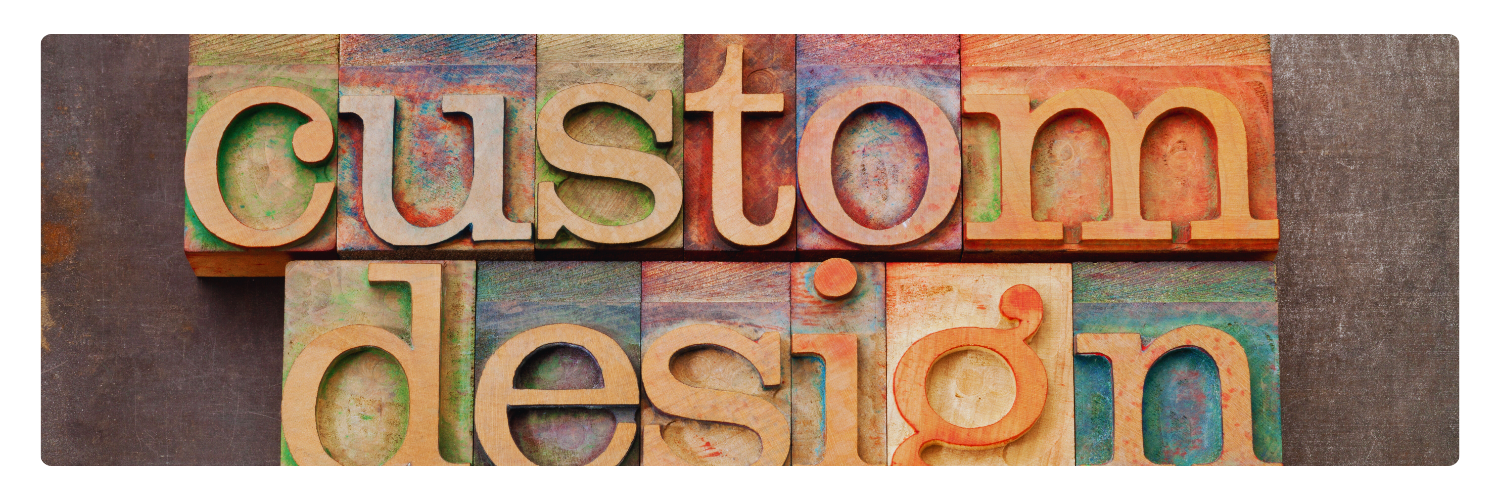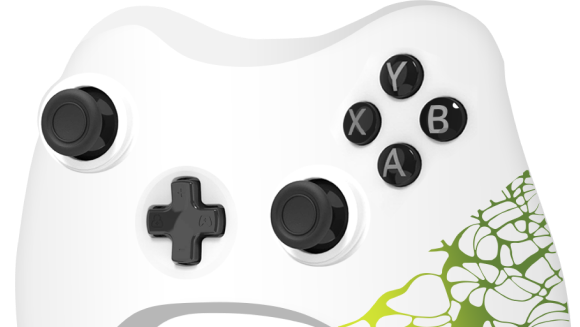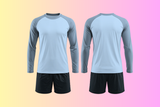
Custom product design has emerged as a vibrant and promising revenue stream for businesses across a variety of industries. In a world where consumers are increasingly looking for personalized, unique products that reflect their individual tastes and preferences, offering customized items can set a business apart from its competitors.
Whether it's clothing, accessories, or tech gadgets, the opportunity to add a personal touch to products is becoming a key selling point, giving brands an edge in a competitive market. But how does one go about turning custom product design into a lucrative source of income?
At its core, custom product design revolves around giving customers the ability to modify and personalize existing products. This can involve anything from choosing the color and material to adding logos, names, or even creating entirely new designs. It's a business model that taps into the consumer's desire for exclusivity and individuality, allowing brands to charge a premium while fostering stronger customer loyalty.
The growing shift towards personalized experiences has created a unique market opportunity for entrepreneurs and established businesses alike. Whether you're an artist looking to showcase your talent or a retailer hoping to differentiate your brand, custom product design can offer a viable path to profitability.
Custom Product Design Revenue Potential
The revenue potential of custom product design is vast, especially in industries like fashion, home decor, and tech accessories. Consumers are willing to pay extra for the ability to customize their products, often viewing these items as more valuable than mass-produced alternatives. This creates an opportunity for businesses to capitalize on higher profit margins while delivering added value to their customers.
Personalized products also tend to have a higher perceived worth, as consumers often associate customization with exclusivity. In turn, this allows businesses to employ premium pricing strategies, driving up profit margins while meeting consumer demand for unique, one-of-a-kind items.Furthermore, the flexibility of custom product design means that businesses can continuously innovate their product offerings without the need to overhaul their entire inventory. By offering seasonal, limited-edition, or trend-based customization options, businesses can keep their product lines fresh and exciting while generating consistent revenue.
Why Custom Product Design is Gaining Popularity
The rise of custom product design is being driven by shifts in consumer behavior. In an age where social media plays a significant role in purchasing decisions, consumers are looking for products that help them stand out. Whether it's customized sneakers, phone cases, or jewelry, people want items that reflect their unique personality and style.
In addition, the increasing accessibility of customization tools, both for consumers and businesses, has made personalized products more attainable. With user-friendly design software and print-on-demand services, consumers can easily customize products online with just a few clicks, and businesses can streamline the production process without needing large warehouses or inventory.
This trend is also fueled by the desire for sustainability. Consumers are becoming more conscious about their purchases and want items that will last, both in terms of durability and style. Custom products tend to hold greater sentimental value, which often leads to longer product lifecycles, further enhancing the appeal of this business model.
Steps to Start a Custom Product Design Business
Starting a custom product design business requires careful planning and a strategic approach. The first step is to identify your niche and target market. What products do you want to customize, and who will your customers be? Conducting thorough market research will help you understand what types of custom products are in demand and where your business can stand out.
Once you've identified your niche, the next step is to develop your product offerings. This could include anything from custom T-shirts and mugs to personalized jewelry and home decor. The key is to choose products that align with your brand and resonate with your target audience.
In addition to product selection, it's essential to invest in the right tools and software for designing custom products. Many businesses use design software that allows customers to create and preview their customizations in real time. This not only enhances the customer experience but also helps reduce errors and returns.
Choosing the Right Products for Customization
Not all products are suited for customization, so it's important to choose wisely. Apparel is one of the most popular categories for custom design, with options ranging from T-shirts and hoodies to hats and jackets. These items are often easy to customize and appeal to a broad audience, making them an excellent starting point for many businesses.
Tech accessories, such as phone cases, laptop skins, and headphones, are another lucrative option. As more people seek to personalize their gadgets, offering unique, custom designs can help your business tap into this growing market.
Home decor items, like pillows, blankets, and wall art, also provide ample opportunities for customization. Consumers love to make their living spaces feel more personal, and offering customizable decor can be a great way to meet this demand.
When selecting products for customization, it's essential to consider both the production process and the final price point. High-quality materials and a seamless customization experience will help ensure that your customers are satisfied and willing to pay a premium for your products.
Tools and Software for Designing Custom Products
To streamline the custom design process, you'll need access to the right tools and software. Many businesses use design platforms like Adobe Illustrator, Canva, or specialized tools like Printful's mockup generator, which allows customers to create and preview their designs before making a purchase. These platforms provide a user-friendly interface for both the business and the customer, ensuring that the customization process is smooth and intuitive.
Investing in high-quality printing or manufacturing services is also crucial. Whether you're handling production in-house or outsourcing to a third party, ensuring that the finished product meets your quality standards is key to building a successful custom product business.
"Stay tuned as we continue to explore how to maximize revenue with custom designs, the impact of e-commerce, branding strategies, and other key elements that will help your custom product design business thrive."




